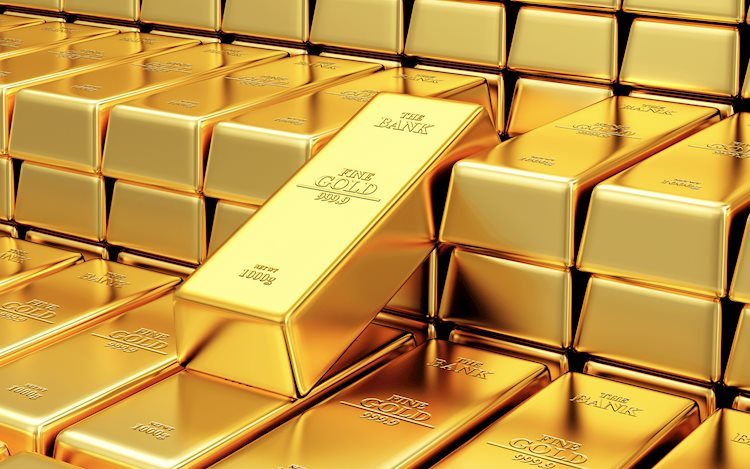The price of gold remains above $2,050 in Tuesday’s Asian trading, a modest gain driven by rising tensions in the Red Sea and a overall risk-off market sentiment. The US Dollar Index has been relatively stable near 102.60, while Treasury yields have seen a slight decrease, with the 10-year yield at 3.95%.
Market expectations point to an 86% chance of a rate cut by March, with the overall projected easing cycle at 166 basis points, compared to the 75 bps projected by the Fed. However, Atlanta Federal Reserve Raphael Bostic has suggested that rates should remain unchanged until at least summer to prevent a spike in prices, emphasizing the need for inflation to return to the 2% target. He also warned of negative outcomes if policymakers move too quickly to ease rates.
In addition to these economic factors, the geopolitical landscape also plays a role in gold’s performance. Houthi rebels recently launched a missile at a US-owned ship off the coast of Yemen, heightening tensions in the region. This development has potentially boosted the appeal of gold as a safe-haven asset, particularly in times of uncertainty and geopolitical tension.
Looking ahead, market focus will remain on developments in the Middle East, as well as key economic indicators such as the US NY Empire State Manufacturing Index for January. The speech by the Fed’s Waller will also be closely monitored by investors. These factors, along with ongoing geopolitical events, will continue to influence the price of gold in the near term.
Additional insight: It’s important for traders and investors to keep a close watch on geopolitical events, as they can have a significant impact on the financial markets. Heightened tensions in key regions can lead to increased demand for safe-haven assets, such as gold, as investors seek to reduce risk in their portfolios. Understanding the interplay between geopolitical events, economic indicators, and market sentiment is crucial for making informed decisions in the financial markets.









